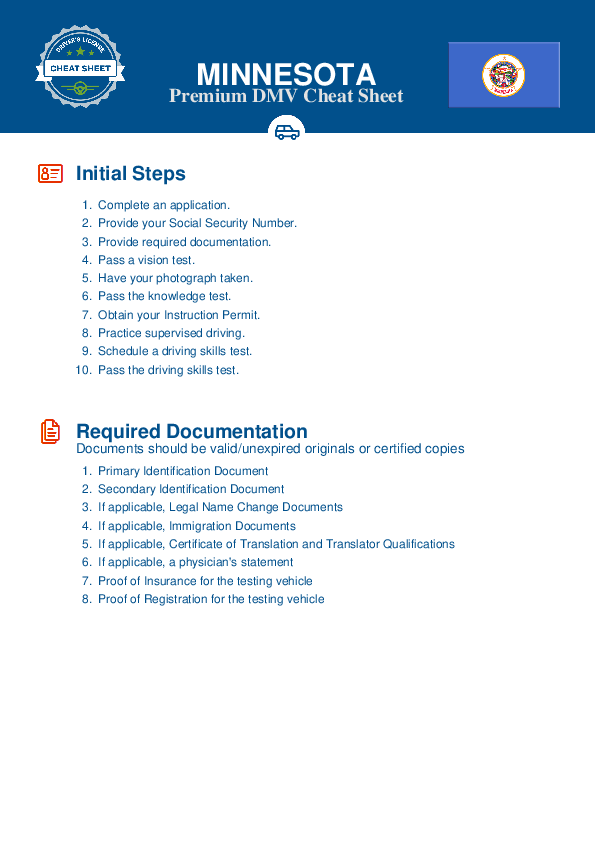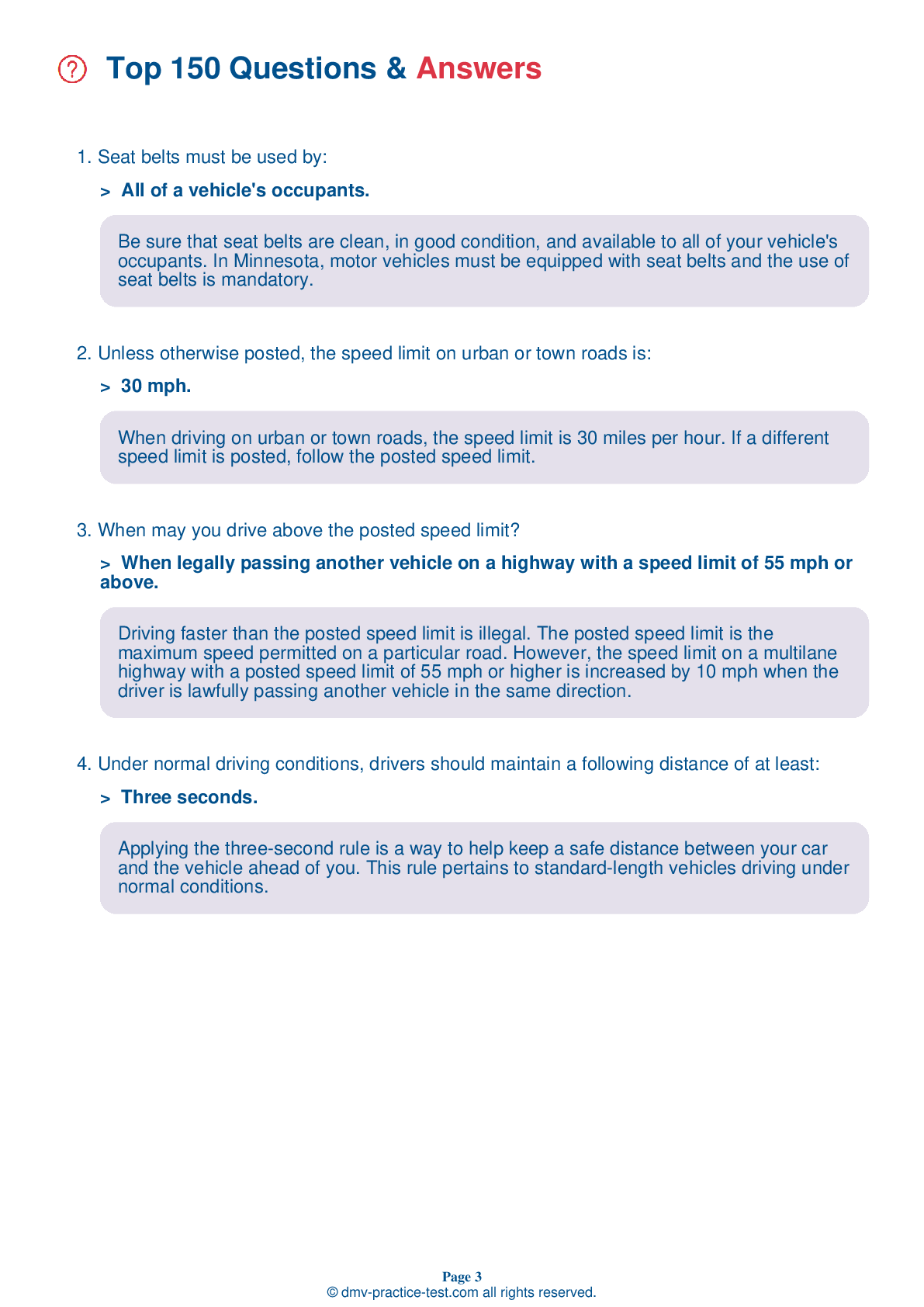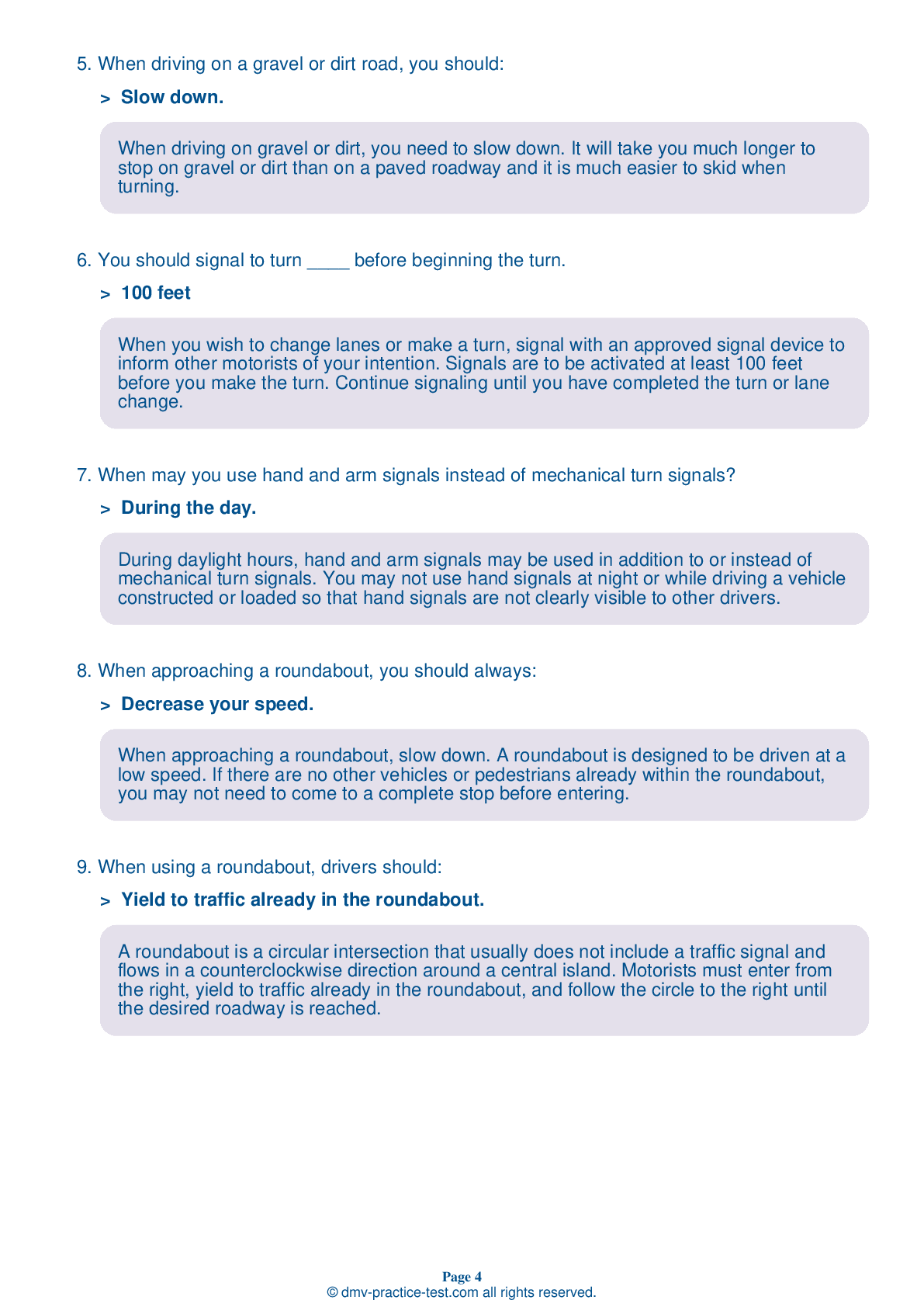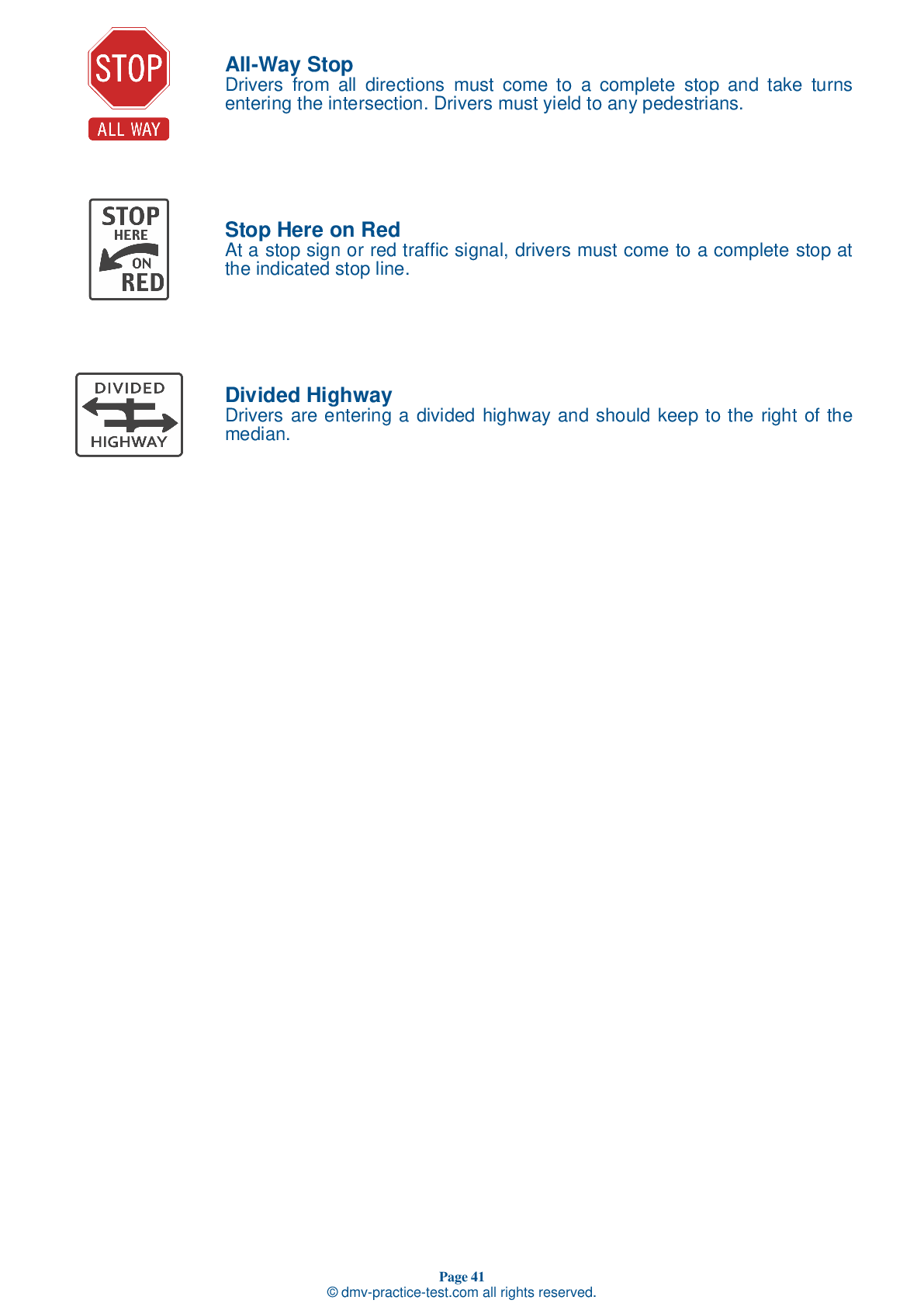FREE Minnesota DMV Practice Test #5 Page 3 of 5
The Minnesota DMV practise examinations have been updated for January 2025. It includes questions based on the Minnesota Driver Handbook's most essential traffic signals and laws for 2025. Use actual questions that are very similar (often identical!) to the DMV driving permit test and driver's licence exam to study for the DMV driving permit test and driver's licence exam.
On the practise exam, each question gets a tip and explanation to help you remember the concepts. The written component of the official Minnesota DMV test will include questions about traffic rules, traffic signs, and driving statutes, as well as knowledge from the Driver Handbook.
To obtain a passing grade, you must correctly answer 32 of the 40 questions. To help you prepare for your instruction permit or driver's licence, take our Minnesota DMV practise test.
The DMV exam is available in several languages.
Using any kind of testing assistance will result in an automatic fail, and the DMV may take additional action against your driver's licence, so stay away from it.
17 . When you are being tailgated:
If you are being tailgated by another driver and there is a right lane, move over to the right. If there is no right lane, wait until the road ahead is clear and then reduce your speed slowly. This will encourage the tailgater to drive around you. Never slow down abruptly as this will only increase the risk of your vehicle being hit from behind.
18 . A solid white line on the right edge of the highway slants in to the left. That shows that:
A solid line along the side of the road indicates where its edge is, marking the boundary between the travel lane and the shoulder. If the edge line angles toward the center of the road, this means that the road is narrower ahead.
19 . This road sign means:
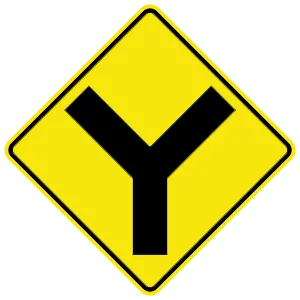
This sign indicates that there is a Y intersection ahead. You must bear either to the right or to the left.
20 . If an officer is directing traffic at a working traffic light, drivers should:
Traffic signals are placed at intersections to keep traffic moving and to help prevent crashes. Drivers, pedestrians, and cyclists must obey these signals, except in instances when an officer is directing traffic.
21 . Seat belts must be used by:
Be sure that seat belts are clean, in good condition, and available to all of your vehicle's occupants. In Minnesota, motor vehicles must be equipped with seat belts and the use of seat belts is mandatory.
22 . This sign means:

Warning signs prepare drivers for upcoming road conditions and hazards and are usually yellow with black markings. This sign warns drivers that they are approaching a winding road and that they should adjust their speed accordingly.
23 . This road sign means:
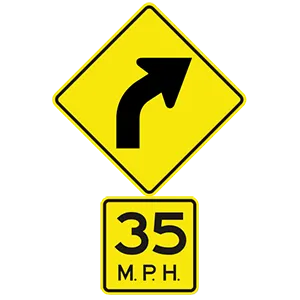
These signs indicate that the road curves to the right ahead and that drivers should slow down to the safe speed indicated (in this case, 35 mph).
24 . This sign means:
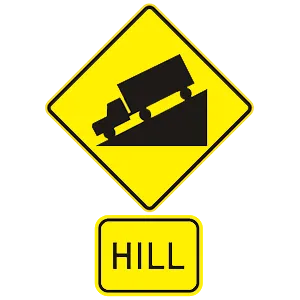
Warning signs are usually diamond-shaped with black markings on a yellow background. They alert drivers to upcoming hazards. This sign indicates that drivers are approaching a steep hill and should prepare to adjust their speeds to continue to drive safely.
Need Car Insurance? No problem!
Compare the best rates in Minnesota and find a personalized policy that meets your needs.
1. Are You Currently insured ?
2. Married ?
3. Do you own your Home?
4. Do you have more than 1 car ?
5. Have you or a Family Member Honorably Served in U.S. Military ?
6. Your Name
7. Age
8. Zip code
IMPORTANT REMINDER:Auto Insurance is Mandatory to drive in Minnesota. Get covered before you hit the road to avoid any fines.
Ranked by best match
